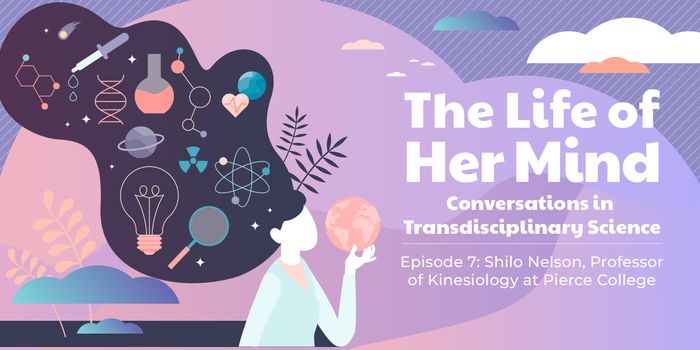Neuroplasticity refers to the idea that your brain changes its structure based on what you do in your life. Although this phenomenon was introduced by a scientist named William James in 1890, it only became accepted in the 1960s. Neuroplasticity plays out when certain parts of a person's brain becomes more developed, stronger in a sense, than other parts because of certain activities that they are repeating, thus activating those neurons over and over until they get very efficient.
Take London cab drivers, for instance. It has been shown that London cabbies have particularly developed hippocampuses - the part of the brain that is associated with space and memory. The connection is easy to make: years of needing to remember specific addresses and spacial directions can make you really good at it! Ballet dancers have also been shown to exhibit neuroplasticity, but for them it comes in the form of diminishing a part of the brain instead of enhancing it. Ballet dancers' brains are able to "learn" to suppress signals from their inner ears, in order to stop them from getting dizzy with all their spins and twirls! How cool is the brain!
Yet neuroplasticity can have its downside: it might be involved in why habits are so hard to break. This includes addiction, and one study showed that the brains of mice given cocaine changed in as little as two hours, making the mice actively seek out the drug.
However, don't fear! The cool part about nueroplasticity is that you can train your brain in the ways you want, focusing on certain characteristics or skills you would like to improve and doing activities in order to encourage a change!








